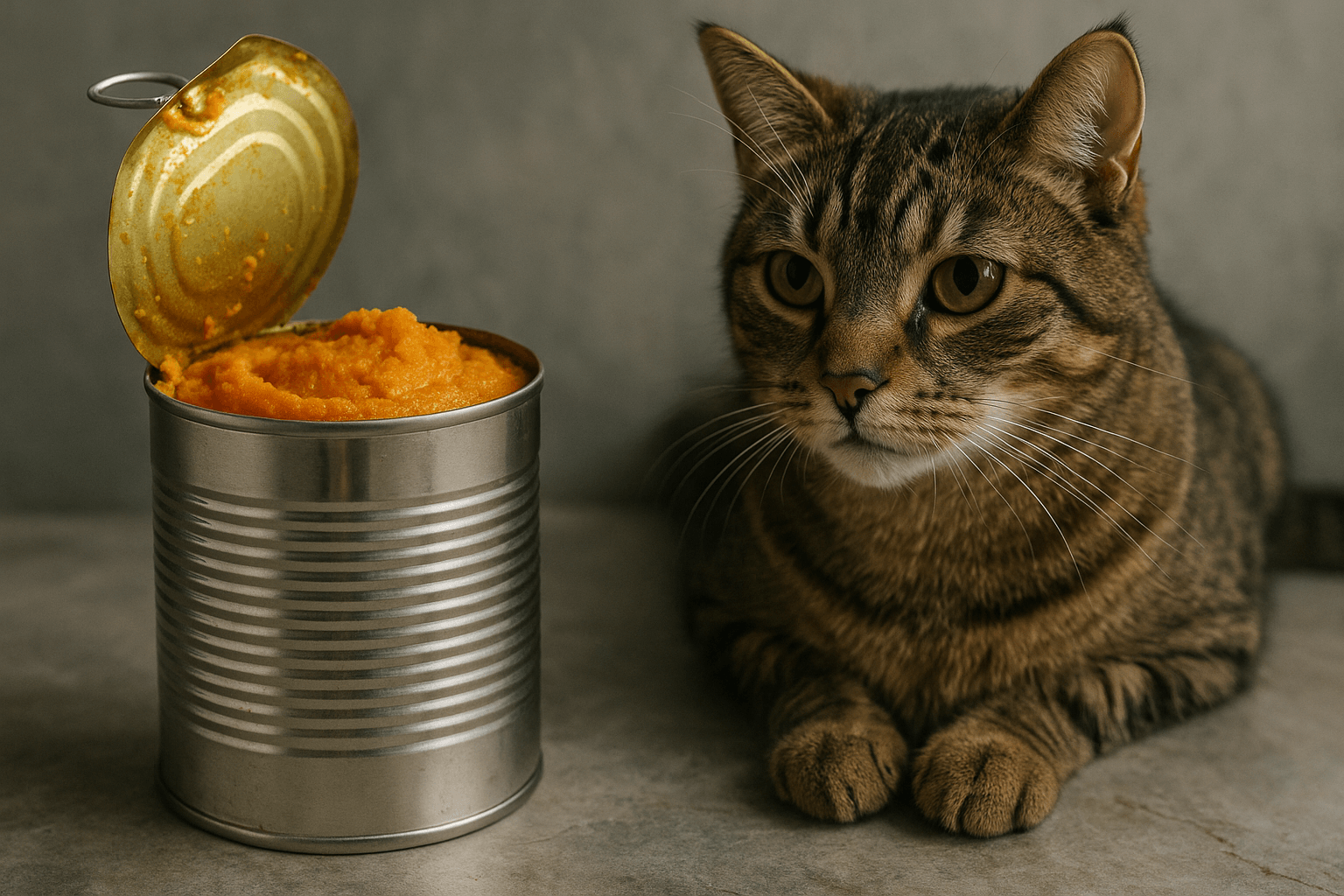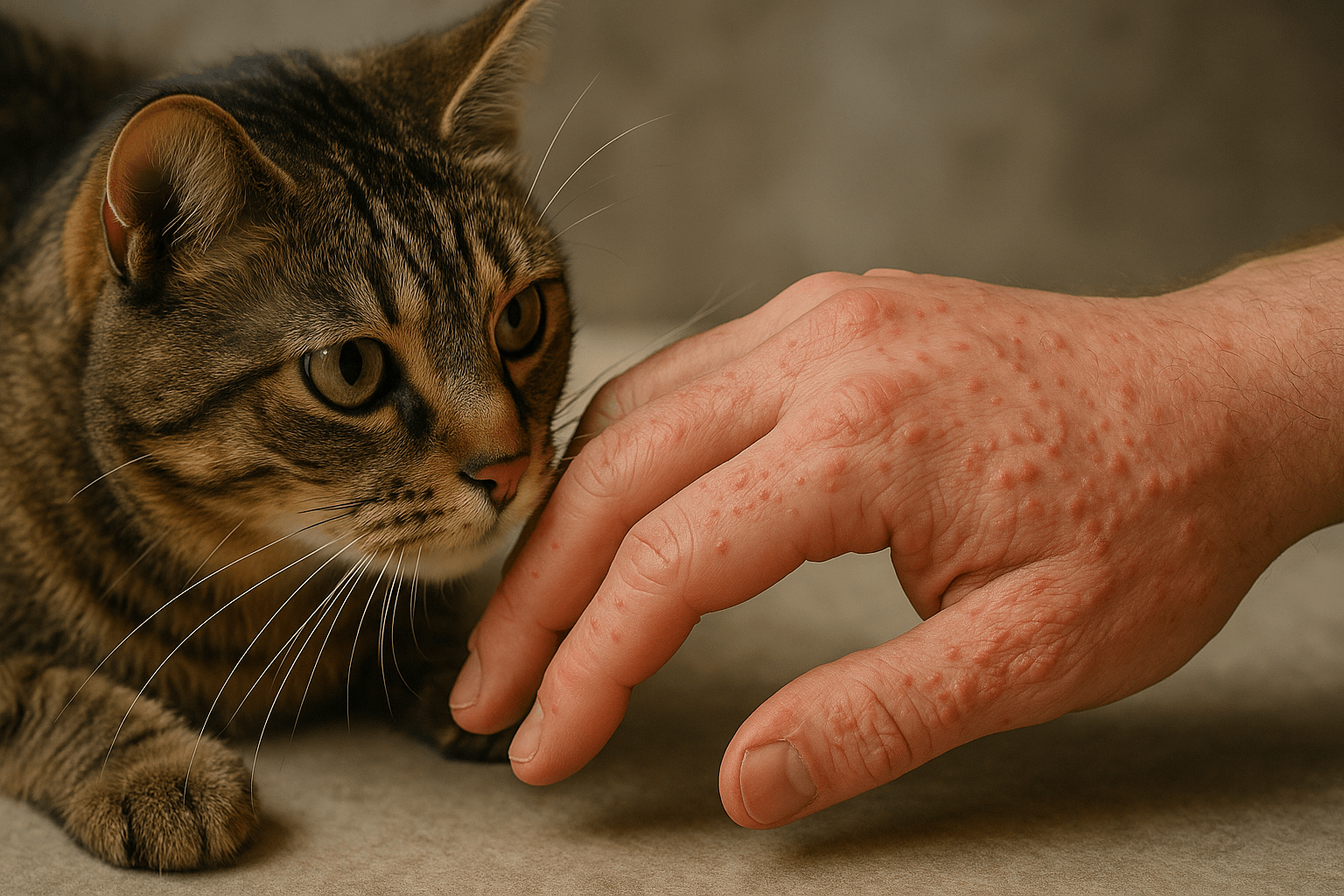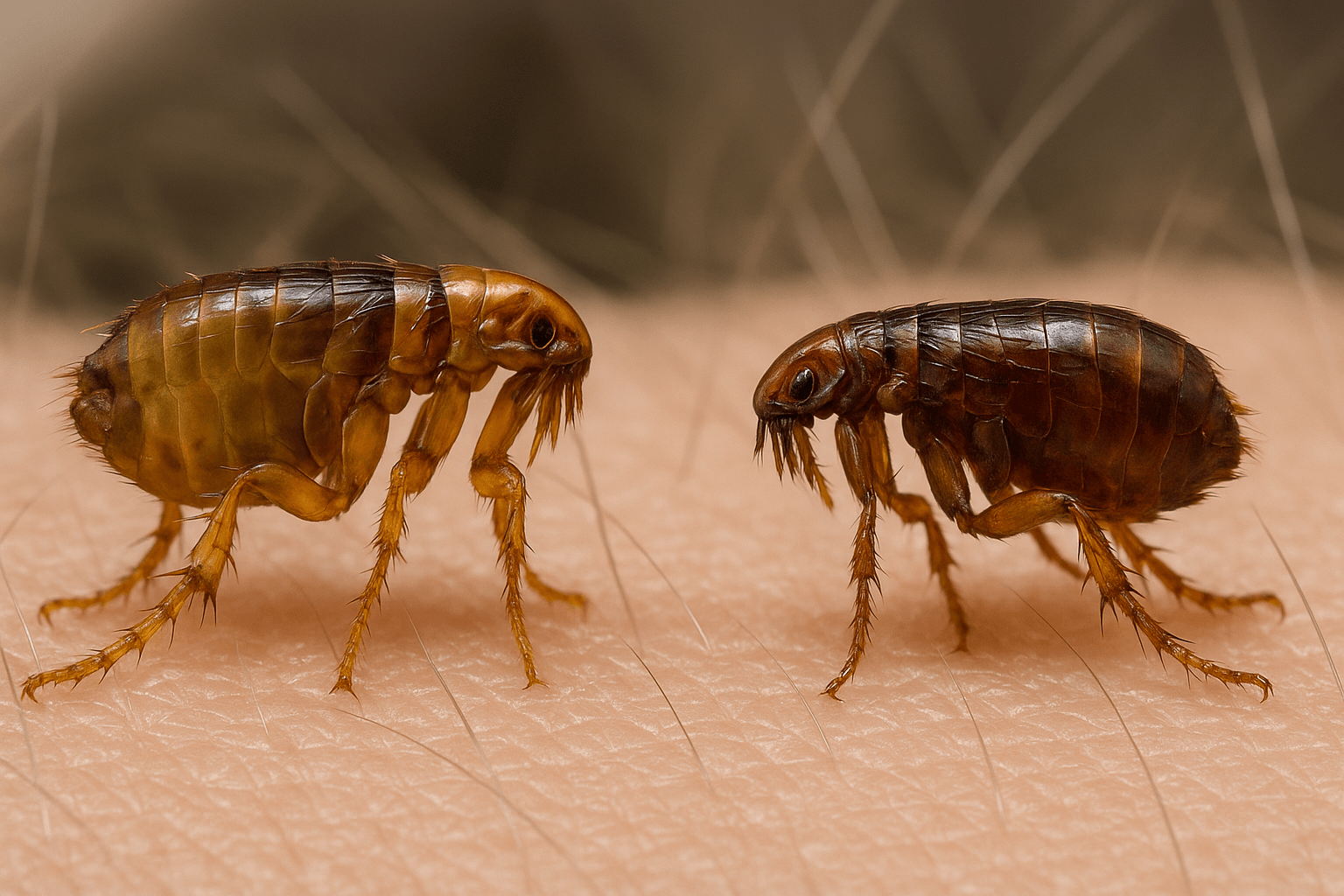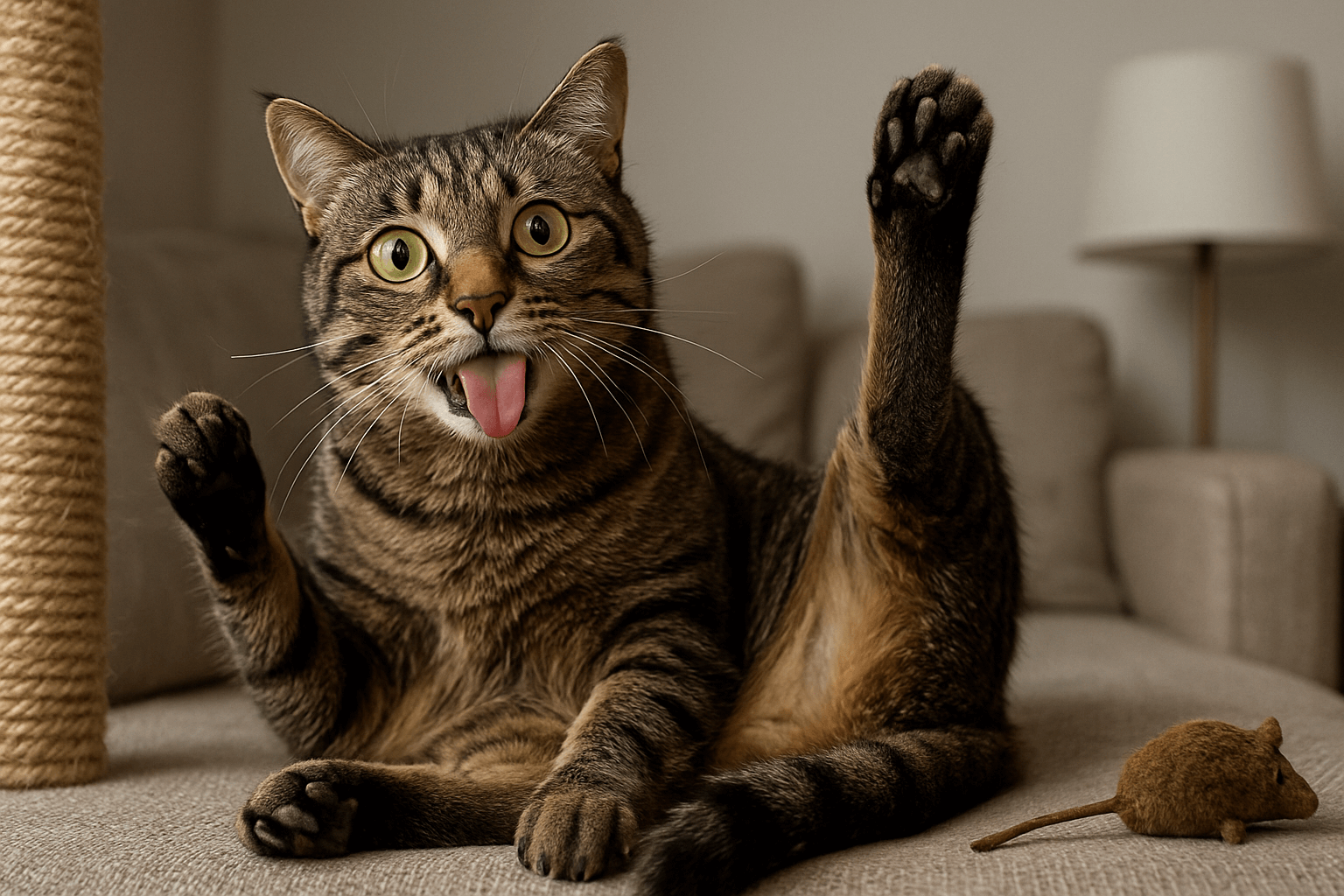Cat Eye Hemorrhage: What You Need to Know
Few things are as alarming for a cat owner as noticing blood in their pet’s eye. A cat eye hemorrhage, while often not life-threatening, can be a sign of an underlying issue that requires attention. Whether it’s a small red spot or more widespread discoloration, understanding the causes, symptoms, and treatment options is essential for ensuring your feline friend’s health. In this blog post, we’ll explore everything you need to know about cat eye hemorrhages, from identifying potential triggers to seeking proper care. Let’s dive in and demystify this concerning condition.
Understanding Cat Eye Hemorrhage: Causes and Triggers
A cat eye hemorrhage occurs when blood vessels in the eye rupture, leading to visible redness or discoloration. While it may look alarming, it’s often caused by treatable conditions. Here are some common causes to consider:
Trauma or Injury : Accidents, scratches, or rough play can damage the delicate blood vessels in the eye.
High Blood Pressure : Hypertension in cats can lead to ruptured blood vessels, especially in older felines.
Infections : Bacterial or viral infections in the eye can irritate tissues and cause bleeding.
Underlying Diseases : Conditions like diabetes, kidney disease, or hyperthyroidism may increase the risk of hemorrhages.
Foreign Objects : Dust, debris, or other irritants can scratch the eye and trigger bleeding.
While some causes are minor and resolve on their own, others may require veterinary intervention. If you notice persistent or worsening symptoms, it’s best to consult a professional promptly.
Symptoms to Watch For: Identifying a Cat Eye Hemorrhage
Recognizing the signs of a cat eye hemorrhage early can help you address the issue before it worsens. Here are some key symptoms to look out for:
Red Spot on the Eye : A small, localized area of redness (often called a subconjunctival hemorrhage) is a common sign.
Cloudiness or Discoloration : The eye may appear cloudy, pinkish, or bloodshot due to internal bleeding.
Squinting or Blinking Excessively : Cats with an eye hemorrhage may squint or blink frequently due to discomfort.
Swelling Around the Eye : Inflammation or puffiness around the eye can accompany a hemorrhage.
Behavioral Changes : Increased irritability, hiding, or reluctance to engage in normal activities may indicate pain or distress.
If you observe any of these symptoms, it’s important to monitor your cat closely and seek veterinary advice if the condition doesn’t improve within a day or two.
Check this guide 👉The Cat Eye Worm: Best 7 Expert Tips!
Check this guide 👉Cat Eye Infections and Natural Remedies: Best 7 Expert Tips!
Check this guide 👉Why Does My Cat Get Eye Boogers Every Day? Best 7 Tips!

Symptom | Possible Cause |
|---|---|
Red Spot on the Eye | Subconjunctival hemorrhage or minor trauma |
Cloudy or Bloodshot Appearance | Internal bleeding or infection |
Excessive Squinting or Blinking | Pain, irritation, or foreign object |
Swelling Around the Eye | Inflammation or secondary infection |
Behavioral Changes | Discomfort, stress, or underlying illness |
Treatment Options for Cat Eye Hemorrhage
The treatment for a cat eye hemorrhage depends on its underlying cause. Here are some common approaches veterinarians may recommend:
Observation : For minor cases, such as a subconjunctival hemorrhage, no treatment may be necessary as it resolves on its own within a week or two.
Medications : Antibiotics or anti-inflammatory drugs may be prescribed to address infections or inflammation.
Blood Pressure Management : If hypertension is the cause, medications to lower blood pressure may be required.
Surgery : In rare cases, surgical intervention may be needed to repair severe damage or remove foreign objects.
Follow-Up Care : Regular check-ups ensure the condition is improving and rule out complications like recurring hemorrhages.
Always follow your veterinarian’s recommendations to ensure your cat receives the appropriate care and support during recovery.
Preventive Measures to Protect Your Cat’s Eyes
Prevention is always better than cure, especially when it comes to your cat’s eye health. Here are some steps you can take to reduce the risk of a cat eye hemorrhage:
Regular Vet Check-Ups : Routine examinations can detect underlying health issues before they affect your cat’s eyes.
Safe Environment : Minimize hazards like sharp objects or aggressive play that could injure your cat’s eyes.
Monitor Blood Pressure : Keep an eye on your cat’s blood pressure, especially if they’re older or have preexisting conditions.
Proper Nutrition : A balanced diet rich in antioxidants supports overall eye health and reduces the risk of disease.
Quick Action for Injuries : Address any eye injuries immediately to prevent complications like infections or hemorrhages.
By taking these preventive measures, you can help ensure your cat enjoys healthy, clear vision for years to come.
Common Misconceptions About Cat Eye Hemorrhages
There are several misconceptions about cat eye hemorrhages that can lead to unnecessary worry or delayed treatment. Here are some common myths and the truth behind them:
Myth: A red spot in the eye always indicates a serious problem.
Fact: Small red spots (subconjunctival hemorrhages) are often harmless and heal on their own.Myth: Cats with eye hemorrhages are in severe pain.
Fact: While discomfort may occur, many cats experience no pain from minor hemorrhages.Myth: Eye drops can fix any type of eye hemorrhage.
Fact: Eye drops are not a universal solution and should only be used under veterinary guidance.Myth: All eye hemorrhages are caused by trauma.
Fact: Other factors like hypertension or infections can also cause bleeding in the eye.Myth: You should wait weeks before seeing a vet for an eye hemorrhage.
Fact: Persistent or worsening symptoms warrant immediate veterinary attention.
Understanding these truths can help you approach your cat’s condition calmly and make informed decisions about their care.
Signs Your Cat’s Eye Hemorrhage Requires Immediate Attention
While some cases of cat eye hemorrhage are mild, others can indicate a medical emergency. Here are signs that you should seek urgent veterinary care:
Vision Impairment : If your cat seems disoriented or bumps into objects, it could indicate vision loss.
Excessive Discharge : Yellow, green, or bloody discharge may signal an infection or injury.
Swollen or Bulging Eye : Swelling or protrusion of the eye can indicate severe trauma or glaucoma.
Behavioral Changes : Hiding, aggression, or refusal to eat may suggest significant pain or stress.
No Improvement After 48 Hours : If the hemorrhage doesn’t show signs of healing within two days, it needs professional evaluation.
Prompt action in these situations can prevent complications and ensure your cat receives timely treatment.
Supporting Your Cat During Recovery
Recovery from a cat eye hemorrhage requires patience and care. Here are some ways to support your feline friend during this time:
Keep Them Calm : Minimize stress by providing a quiet, comfortable environment.
Limit Physical Activity : Prevent rough play or activities that could strain the eye further.
Administer Medications as Prescribed : Follow your vet’s instructions carefully to avoid complications.
Monitor Progress Daily : Keep track of changes in your cat’s symptoms to report back to the vet.
Offer Gentle Affection : Reassure your cat with soft petting or soothing words to help them feel safe.
By creating a supportive recovery environment, you can help your cat heal faster and reduce the risk of recurrence.
Frequently Asked Questions About Cat Eye Hemorrhage
Is a cat eye hemorrhage dangerous?
It depends on the cause. Minor cases may resolve on their own, but persistent or severe hemorrhages require veterinary attention.
How long does it take for a cat eye hemorrhage to heal?
Most minor cases heal within one to two weeks, but healing time varies based on the underlying cause.
Can I treat my cat’s eye hemorrhage at home?
Avoid self-treatment unless advised by a vet. Some cases require professional diagnosis and medication.
What should I do if my cat’s eye looks cloudy?
Consult a veterinarian promptly, as cloudiness can indicate serious issues like infections or internal bleeding.
Can high blood pressure cause eye hemorrhages in cats?
Yes, hypertension is a common cause of eye hemorrhages in older cats and should be managed with veterinary care.
Prioritizing Your Cat’s Eye Health
A cat eye hemorrhage can be unsettling, but with prompt attention and proper care, most cases resolve without long-term consequences. By staying vigilant, recognizing symptoms early, and working closely with your veterinarian, you can ensure your cat’s eyes remain healthy and bright. Remember, your feline companion relies on you to advocate for their well-being, so don’t hesitate to seek professional guidance whenever you notice something unusual. With love, care, and proactive measures, you can help your cat enjoy a lifetime of clear vision and comfort.
Canned Pumpkin for Cat Diarrhea: Best 7 Expert Tips! Natural remedy to firm stools, soothe upset bellies, and support gut health safely.
Can a Cat Give You Scabies? Best 7 Expert Tips! Discover the truth about feline mites, human skin risks, and how to protect yourself—without panic.
Cat Flea vs Human Flea: Best 7 Expert Tips! Discover the truth about bites, species, and how to eliminate infestations for good.
Weird Cat Behaviors: Best 7 Expert Tips! Discover why cats do strange things—and how to understand, not punish, their instincts for a happier home.





